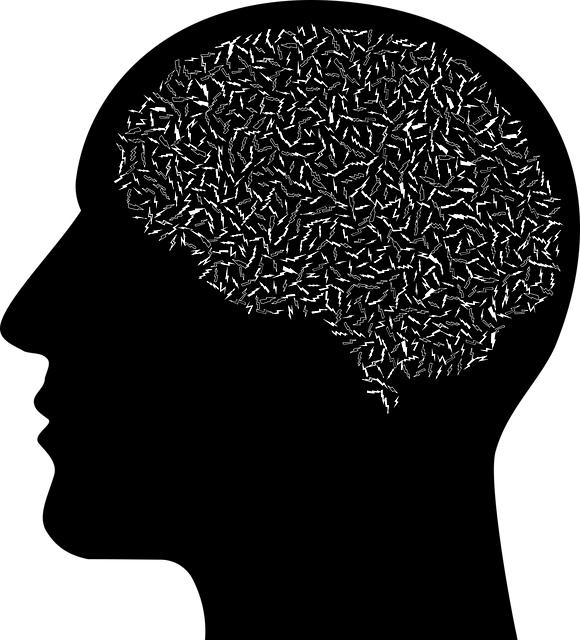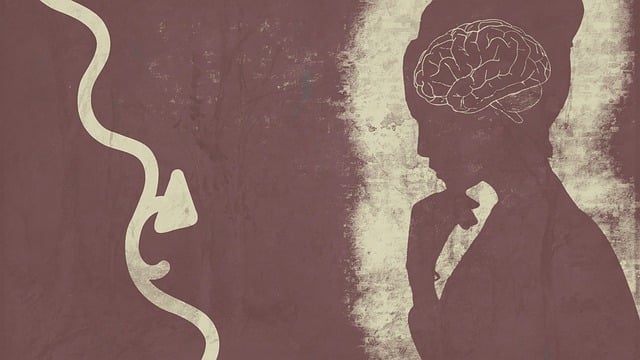TL;DR:
Therapy for blended families focuses on risk assessment to identify and mitigate potential challenges from complex dynamics. This involves evaluating trauma, mental health issues, and family history. Open communication among all members is key, helping therapists understand triggers and develop proactive strategies. By combining stress management and emotional healing, blended families can create a supportive environment. Risk minimization plans, including coping skills development and tailored emotional regulation techniques, enhance stability and well-being. Continuous safety evaluations through mental wellness coaching programs ensure evolving needs are addressed. Mental Health Policy Analysis advocates for systemic improvements, aligning therapy practices with societal efforts to achieve successful long-term outcomes for blended families.
Risk assessment and harm minimization planning are essential components of therapy for blended families, ensuring stability and safety for all members. This comprehensive guide explores critical aspects of managing potential risks within these complex family structures. We delve into understanding risk assessment, identifying vulnerabilities, developing robust minimization plans, and continually evaluating safety strategies. By implementing these practices, therapists and families can navigate challenges effectively, fostering a secure environment that promotes healing and growth.
- Understanding Risk Assessment in Blended Families
- Identifying Potential Harms and Vulnerabilities
- Developing a Comprehensive Minimization Plan
- Implementing Strategies for Continuous Safety Evaluation
Understanding Risk Assessment in Blended Families

In the context of therapy for blended families, risk assessment plays a pivotal role in identifying potential challenges and conflicts that may arise due to the complex dynamics of step-parents, biological parents, and children. This process involves evaluating various factors such as prior trauma, mental health issues, and family history to anticipate and mitigate risks before they escalate. By understanding these risks, therapists can tailor emotional healing processes and empathy building strategies to meet the unique needs of each blended family.
Effective risk assessment in therapy for blended families necessitates open communication among all members. This includes discussing past experiences, current stressors, and expectations regarding the new family structure. Through this dialogue, therapists can gain insights into potential triggers and develop proactive plans for harm minimization. By focusing on stress management techniques alongside emotional healing processes, blended families can foster a supportive environment that strengthens relationships and enhances overall well-being.
Identifying Potential Harms and Vulnerabilities

Identifying potential harms and vulnerabilities is a critical step in risk assessment for therapy in blended families. These families often face unique challenges due to step-parents, half-siblings, and complex living arrangements. Recognizing emotional vulnerabilities, such as feelings of insecurity or jealousy, is essential. Children and adolescents in these families may struggle with adjusting to new dynamics, while adults might grapple with reconciling different parenting styles. Mental Health Policy Analysis and Advocacy plays a vital role in ensuring that these complexities are addressed through tailored interventions.
Promoting emotional well-being requires an understanding of these vulnerabilities and the implementation of effective techniques like Mindfulness Meditation. Therapists can help blended family members develop coping strategies to manage stress and anxiety, fostering healthier relationships and improved mental health outcomes. By focusing on Emotional Well-being Promotion Techniques, professionals can guide families towards navigating their unique challenges successfully.
Developing a Comprehensive Minimization Plan

Developing a comprehensive harm minimization plan is an integral part of risk assessment for blended families seeking therapy. This involves creating a strategic framework that addresses potential risks and triggers, with the ultimate goal of enhancing family stability and well-being. A robust plan should incorporate various components, such as identifying high-risk situations, establishing coping skills development strategies, and implementing emotional regulation techniques tailored to each family member’s needs.
By integrating these measures, families can better navigate challenges, foster open communication, and build resilience. Additionally, ensuring that the healthcare provider receives cultural competency training is paramount. This equips them with the knowledge to offer sensitive and effective support, especially when dealing with diverse family structures and cultural backgrounds. Such proactive planning paves the way for a more harmonious home environment, where everyone feels heard, supported, and equipped to cope with life’s ups and downs.
Implementing Strategies for Continuous Safety Evaluation

Implementing strategies for continuous safety evaluation is paramount in therapy for blended families, where dynamic dynamics and unique challenges require ongoing vigilance. Mental wellness coaching programs development should incorporate mechanisms to regularly assess and adapt interventions based on evolving family needs. This proactive approach ensures that support remains relevant and effective, fostering positive thinking and emotional resilience.
Mental health policy analysis and advocacy play a crucial role in this process by identifying systemic gaps and advocating for improvements. By integrating these insights into safety planning, therapists can ensure their practices align with broader societal efforts to enhance family stability and well-being. This holistic perspective not only minimizes harm but also paves the way for more successful long-term outcomes.
Risk assessment and harm minimization planning are essential components of therapy for blended families, enabling parents to create safe and supportive environments for all children involved. By understanding potential risks, identifying vulnerabilities, and developing comprehensive minimization plans, families can navigate challenges effectively. Continuous safety evaluation ensures that strategies remain relevant and adaptable, fostering a secure and harmonious household. This holistic approach equips blended families with the tools necessary to thrive and build strong, resilient relationships.














